Over the past decade, Russian leader Vladimir Putin has massively invested in, and rebuilt, the Russian military from its post-Cold War nadir to its highest point since it was the USSR. Despite this phenomenal modernization program, many analysts argue that the Russian military is still no match for a head-to-head battle with U.S. and NATO forces.
They may be right, but that misses the point. Putin’s strategic goals and the military means to achieve them are perfectly aligned. Russia wants to avoid a direct clash with the U.S. and NATO as much as they do, hence its focus on developing effective capabilities for asymmetrical advantage and conducting hybrid warfare in gray zone conflicts.
As the Washington Times notes:
Putin’s hybrid warfare approach includes disinformation campaigns, political pressure, online operations and other steps short of military conflict but central to Moscow’s effort to widen its sphere of influence and weaken Washington’s hand in key battlegrounds.
However, his 21st century strategy also requires a nimbler, modern, high tech, military able to conduct limited but highly effective military or paramilitary operations in Syria, Ukraine, Libya, and elsewhere, to achieve strategic objectives.
As the Washington Times also notes, Russia’s military effort:
…is designed to fit into the “hybrid war” model that has delivered success in Syria, Crimea and elsewhere. The Kremlin uses its more effective, better equipped armed forces in conjunction with paramilitary mercenary groups for limited missions to accomplish specific strategic goals.
According to a new study of Russia’s military modernization by the London-based International Institute for Strategic Studies (IISS), Putin deserves most of the credit for responding to the debacle the Russian army faced in Chechnya in 2008:
Without Putin and his political associates, it is at the very least debatable whether Russia’s armed forces would have recovered to the extent they have from the vicissitudes of the 1990s.
Gil Barndollar, a former Marine Corps officer, now with the Catholic University of America’s Center for the Study of Statesmanship said in the Washington Times, “I think it’s tough to overstate the level of modernization, improvement they’ve made to their land forces since the 1990s. Post-Cold War, that military was an absolute disaster.”
This post-Cold War Russian military rot, added Barndollar, “got exposed in Chechnya” and continued to haunt the Kremlin for years afterward.
Until recently.
While much of the Kremlin’s focus has been on streamlining and improving its conventional capabilities to engage in limited conflicts such as the Crimea or North Africa, Russia’s nuclear arsenal was one of the few military areas that received sufficient funding in the post-Cold War years, and it continues to be a high priority for Moscow.
Russia remains the only nation able to destroy the U.S., and while Putin pushes the envelope against the U.S. in various foreign gray zone battlefields, he intends to retain that ability to ultimately keep Russia secure and relevant.
EDITORS NOTE: We at AAN appreciate you and your support of our work to counter the mainstream media narrative. Please share our news with your friends and family and encourage them to sign up for our newsletter.
Advertisement
Help President Trump Stop Joe Biden [ACT NOW]

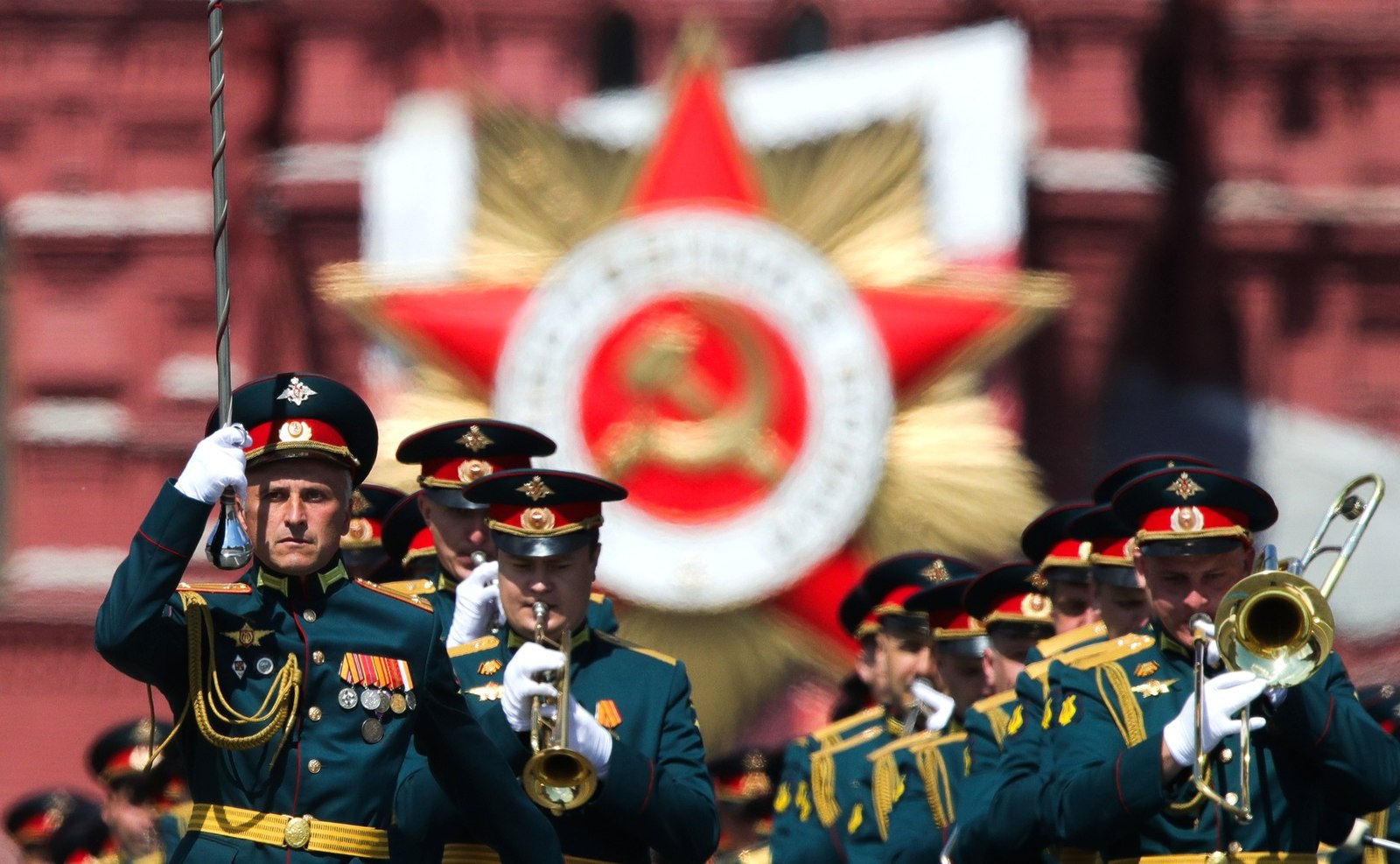
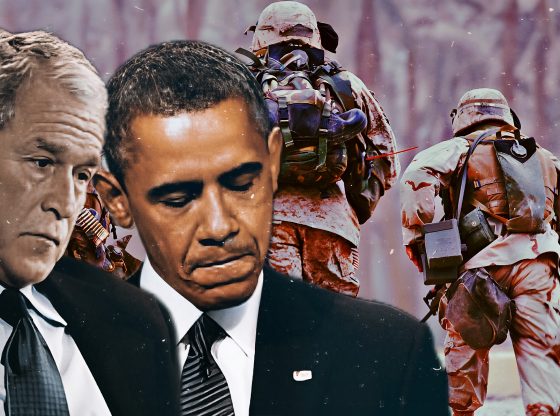
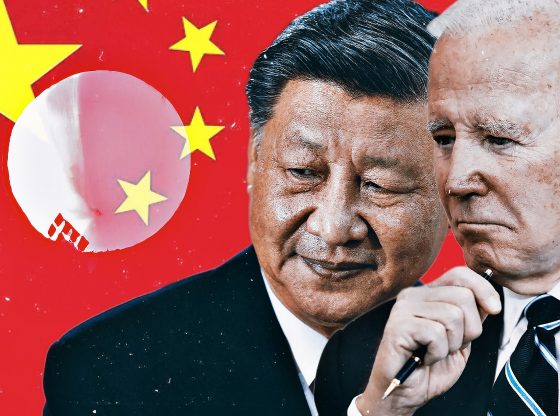
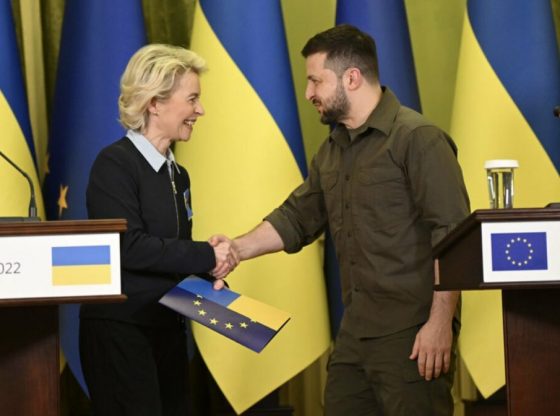

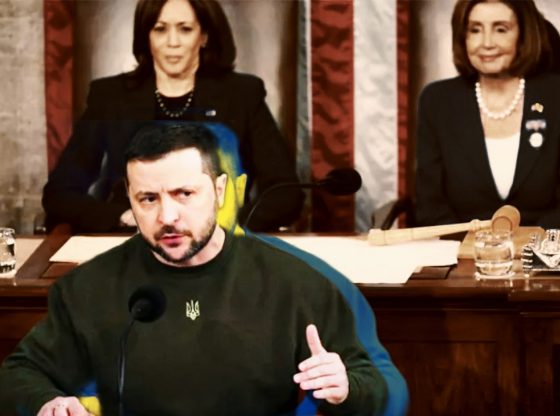
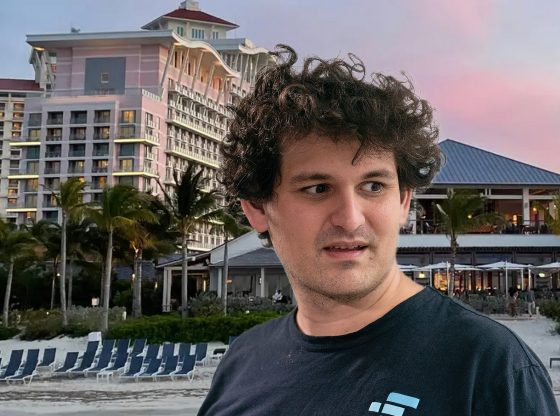
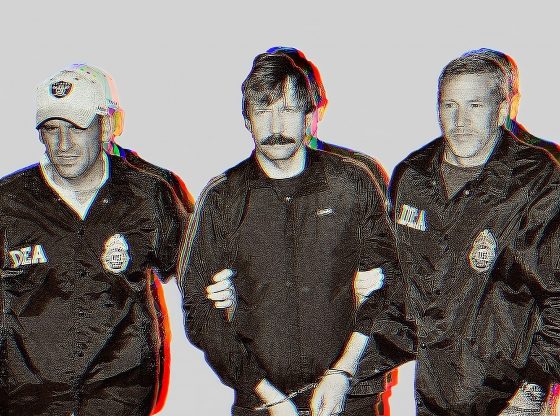
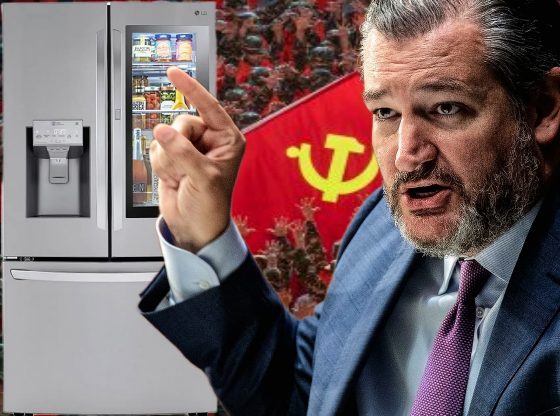





I don’t have anywhere near that clout as these ppl but I’m even getting flack from Google games for spreading Infowars links on their stupid games world chat lines… whatever… I’m trying as best I can givin my current situation… http://www.jobztalk.com
Americans now find themselves in a position heretofore unmatched or even undreamt of: the most dangerous person on the https://politizoom.com/ planet is the titular president of the United States